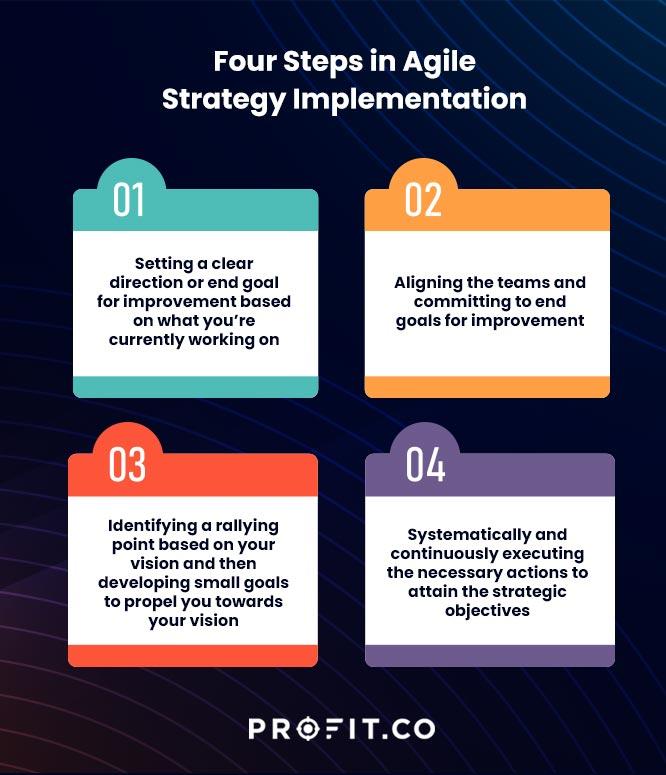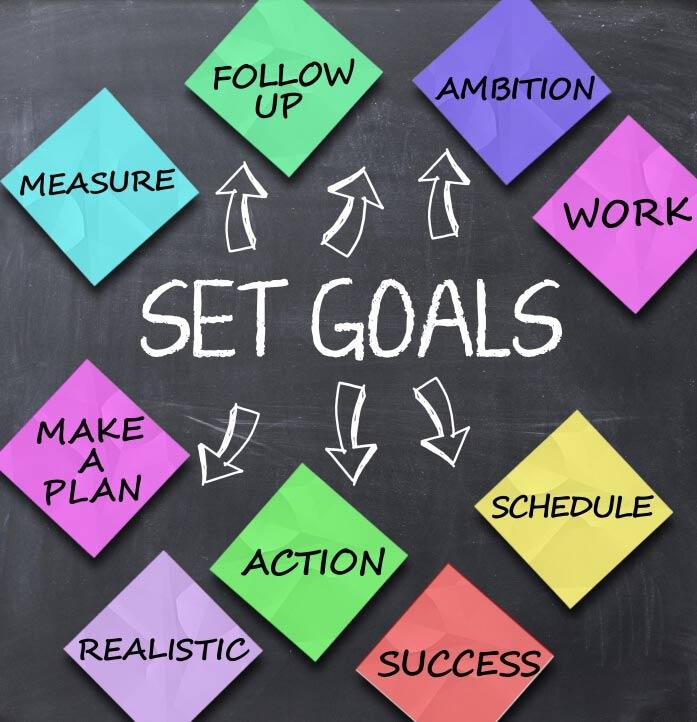In an ever-evolving world, where time seems to slip through our fingers and dreams often drift into the background, the art of goal setting emerges as a beacon of clarity. “Mastering Your Future: Effective Strategies for Goal Setting” invites you to embark on a journey of self-discovery and purposeful planning. Imagine transforming your aspirations into tangible achievements, each step meticulously mapped out to navigate the complexities of life. Whether you’re at a crossroads in your career, seeking personal growth, or aiming to enhance your well-being, mastering the techniques of goal setting can illuminate your path and steer you toward success. In this article, we will explore a variety of effective strategies that not only empower you to define your objectives but also equip you with the tools needed to turn your visions into reality. Join us as we delve into the principles that will help you take control of your future, one goal at a time.
Crafting a Vision: The Importance of Defining Your Goals
Defining your goals is akin to drawing a map for a journey; without it, you’re likely to get lost in the vast expanse of possibilities. A clear vision provides direction and serves as a motivational anchor, enabling you to stay focused even when distractions arise. When you take the time to articulate your objectives, consider breaking them down into specific, measurable, achievable, relevant, and time-bound (SMART) criteria. This approach not only clarifies your intentions but also sets tangible markers for progress. Here’s how to build that framework:
- Specific: Ensure that your goals are clear and unambiguous.
- Measurable: Identify indicators that will help you track progress.
- Achievable: Set goals that are realistic and attainable given your resources.
- Relevant: Align your goals with your overall vision and life circumstances.
- Time-bound: Set deadlines to create a sense of urgency and accountability.
Furthermore, incorporating visualization techniques can also bolster your goal-setting process. Creating a vision board or a digital collage can be useful in maintaining enthusiasm and commitment. By visually representing your aspirations, you transform abstract ideas into tangible inspirations. To further organize your strategy, employing a simple table can help to prioritize and elaborate your goals:
| Goal | Timeline | Status |
|---|---|---|
| Complete a professional certification | 6 months | In Progress |
| Launch a personal blog | 3 months | Not Started |
| Read 12 books this year | 12 months | Ongoing |

Breaking Down Barriers: Overcoming Obstacles to Success
Setting goals is akin to charting a course through uncharted waters. To navigate successfully, one must first recognize and dismantle the barriers that may crop up along the way. These obstacles might manifest as self-doubt, time management issues, or external pressures. Identifying these hurdles is crucial; it empowers individuals to confront them head-on. To aid in this process, consider the following approaches:
- Self-Assessment: Reflect on personal strengths and weaknesses.
- Seek Support: Connect with mentors or peers for guidance and encouragement.
- Time Management: Employ strategies like the Pomodoro technique to enhance productivity.
Once barriers are recognized, the next step is to implement strategies that transform challenges into stepping stones. This can be facilitated through the SMART criteria—ensuring goals are Specific, Measurable, Achievable, Relevant, and Time-bound. By utilizing such frameworks, individuals can devise clear action plans that aid in maintaining focus. Consider the following simple table to illustrate this approach:
| SMART Criteria | Example Goal |
|---|---|
| Specific | Increase monthly sales by 20% |
| Measurable | Track weekly sales figures |
| Achievable | Hire one additional sales team member |
| Relevant | Focus on high-demand products |
| Time-bound | Achieve by end of Q2 |

Creating a Roadmap: Effective Planning Techniques for Goal Achievement
To embark on a successful journey toward your aspirations, it is crucial to design a well-defined roadmap. This involves breaking down your overarching goals into manageable milestones that serve as stepping stones along the way. Consider employing the SMART criteria for goal setting, ensuring that each objective is Specific, Measurable, Achievable, Relevant, and Time-bound. A clear structure not only clarifies your path but also provides motivation as you celebrate each small victory. You can enhance the planning process by utilizing tools such as:
- Vision boards to visualize your goals
- Digital project management apps for tracking progress
- Regular self-assessment check-ins to adjust the course
In addition to breaking down your goals, prioritization plays a critical role in effective planning. Creating a comprehensive table to organize your objectives can streamline this process. Consider categorizing your goals based on their urgency and importance, allowing for a more strategic approach to goal achievement:
| Goal | Urgency | Importance |
|---|---|---|
| Increase website traffic | High | High |
| Enhance social media presence | Medium | High |
| Launch a new product | Low | High |
This table not only clarifies which objectives demand your immediate attention but also helps allocate time and resources effectively. By maintaining flexibility and revisiting your roadmap regularly, you ensure that your strategies remain aligned with your evolving goals and aspirations.

Staying Agile: Adapting Your Strategies for Long-Term Growth
In a world that constantly evolves, maintaining flexibility in your strategies is essential for sustainable success. To achieve this, it’s crucial to implement a framework that encourages iterative action and reflection. Start by regularly assessing your goals, ensuring they align with both market trends and personal aspirations. This means not only setting clear, measurable objectives but also incorporating feedback loops that allow for adjustments based on performance. Utilize tools such as SWOT analysis to identify strengths, weaknesses, opportunities, and threats, creating a dynamic environment where adaptability becomes second nature.
Moreover, leveraging technology and data analytics can enhance your ability to stay proactive. By tapping into real-time insights, you can spot emerging patterns and shift your focus accordingly. Consider the following strategies for maintaining agility:
- Regular Check-Ins: Schedule monthly reviews to assess progress and recalibrate goals.
- Incorporate Stakeholder Feedback: Engage team members and customers to gain diverse perspectives.
- Embrace Innovation: Allocate resources for testing new approaches and technologies.
| Strategy | Benefits |
|---|---|
| Regular Check-Ins | Ensures goals remain relevant |
| Stakeholder Feedback | Enhances decision-making |
| Embrace Innovation | Drives competitive advantage |
Closing Remarks
As we draw the curtain on our exploration of effective goal-setting strategies, it’s clear that mastering your future is not merely about the outcomes but the journey itself. Each step you take towards your aspirations is a testament to your commitment and resilience. By incorporating techniques like the SMART criteria, visualization, and regular self-reflection, you equip yourself with the tools to navigate the labyrinth of life with purpose and clarity.
Remember, the process of setting and achieving goals is an art—one that requires practice, patience, and a splash of creativity. Embrace the lessons learned along the way, and celebrate even the smallest victories, for they are the building blocks of your larger dreams. As you embark on the path to your future, let each goal illuminate your way, guiding you toward the extraordinary life you envision.
With newfound insights and strategies in hand, step boldly into your tomorrow. The future is a canvas awaiting your unique masterpiece—so start painting it with intention and dedication. Happy goal setting!



